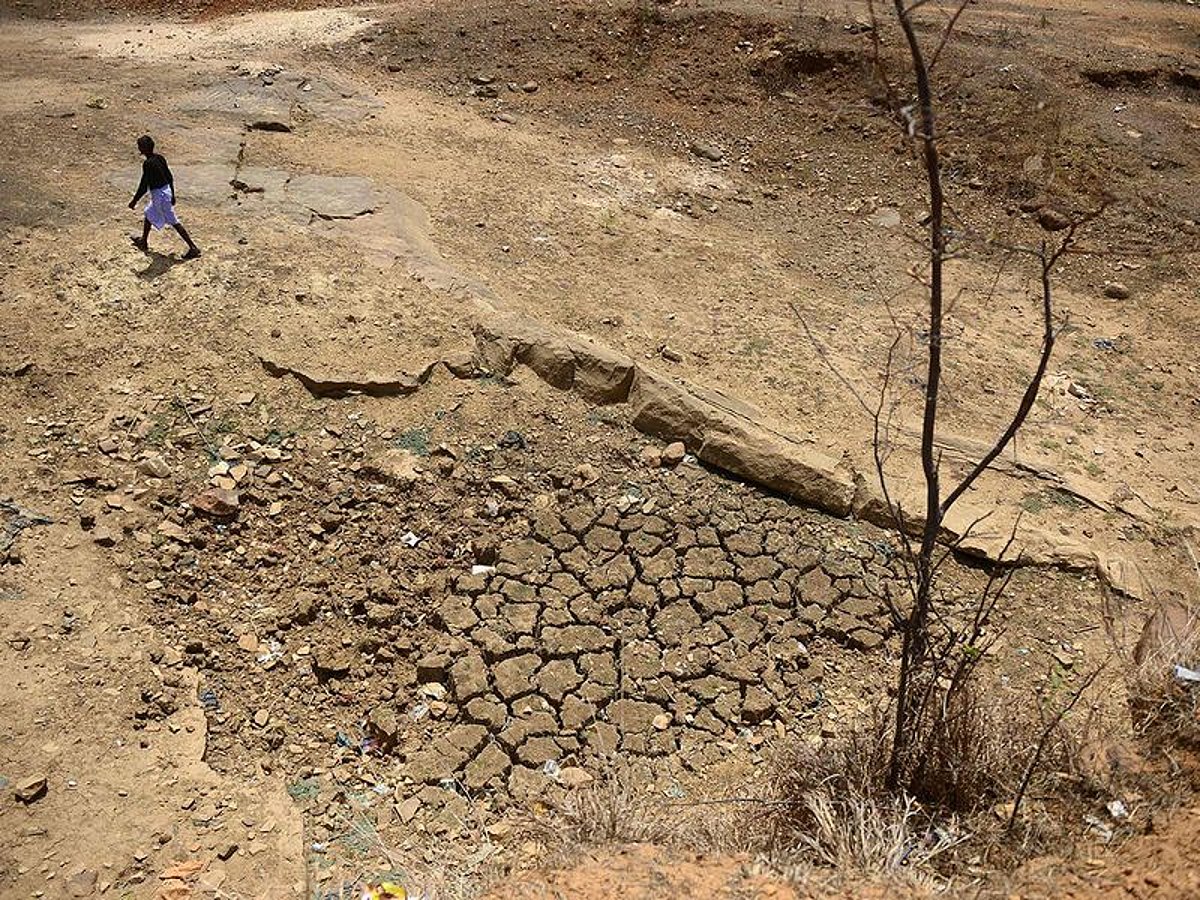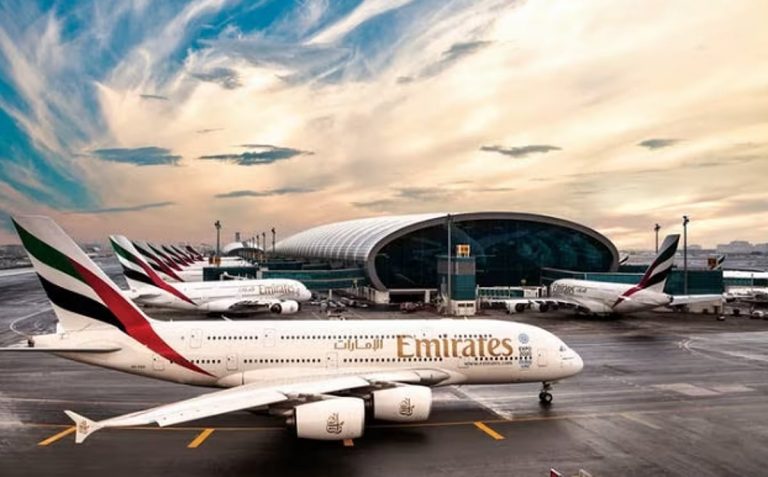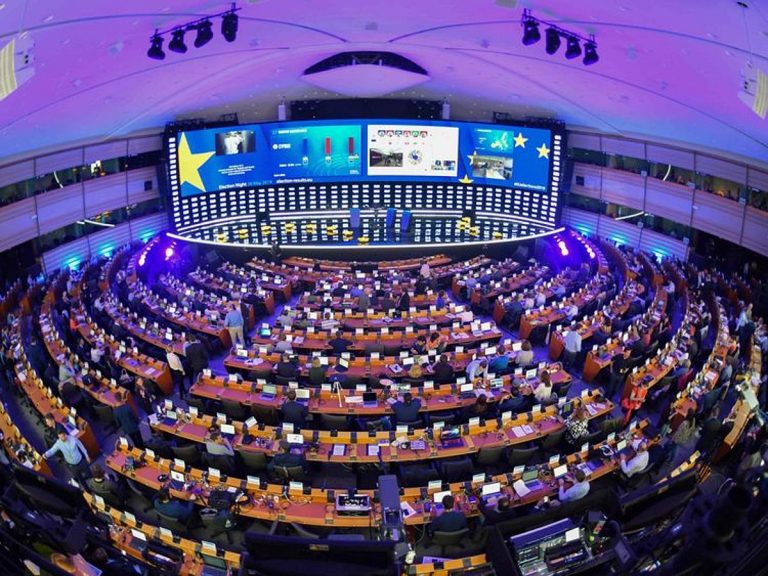Water Scarcity in the Middle East: Challenges and Solutions
The Middle East is grappling with a multifaceted crisis, with water scarcity emerging as a critical issue affecting communities across the region. As conflicts persist and populations grow, the availability of fresh water is dwindling, raising concerns about food security and overall livelihoods. This article explores the current state of water resources in the Middle East, the factors contributing to the crisis, and potential solutions for a more sustainable future.
The Water Crisis Landscape
Water scarcity is a pressing challenge that affects over one billion people globally, with the Middle East and North Africa being among the hardest hit regions. According to the United Nations, approximately 50 million individuals in the Arab world lack access to basic drinking water, while 390 million people, or 90% of the Arab population, face water scarcity. This situation is compounded by a semi-arid climate, low rainfall, and the uneven distribution of water resources.
Natural and Human Factors
While water scarcity is a natural phenomenon, human activities have exacerbated the situation. Freshwater resources are sufficient to support the global population, yet they are unevenly distributed. In the Arab region, only Mauritania enjoys a relatively water-sufficient status, with per capita availability exceeding 1,700 cubic meters annually. In contrast, Gulf states, characterized by arid landscapes, face severe water stress and have turned to seawater desalination and dam construction to meet their needs.
Regional Disputes and Resource Management
The Middle East’s reliance on shared water sources complicates resource management. Upstream countries often exploit their geographical advantages to control water flow, leading to tensions with downstream nations. A notable example is the dispute surrounding Ethiopia’s Grand Renaissance Dam, which threatens Egypt’s water supply from the Nile River. Egypt, heavily dependent on the Nile for its water needs, is approaching a critical threshold of absolute water scarcity, defined as less than 500 cubic meters per capita annually.
In Iraq, neighboring countries have encroached on its water resources, prompting the government to ban summer farming in response to worsening shortages. Similarly, Syria, Palestine, and Jordan face significant challenges, with Israel controlling vital water resources that impact neighboring countries during droughts.
The Impact of Climate Change
Climate change is intensifying the water crisis in the Middle East. Declining rainfall and prolonged droughts have made water management increasingly challenging. In Iran, for instance, water scarcity has led to widespread protests, highlighting the urgent need for reform in the agricultural sector, which consumes a significant portion of the country’s water resources.
Strategies for Water Resilience
To address the water crisis, governments in the region must implement effective policies and adopt innovative solutions. Agriculture, a vital sector in many Middle Eastern countries, can benefit from modern irrigation technologies that promote water efficiency. Hydroponic farming, for example, allows for reduced water usage while maintaining crop yields.
Wastewater Treatment and Conservation
Treated wastewater presents an opportunity to expand water supplies for non-domestic use, helping mitigate the effects of climate change. Public awareness campaigns are essential to encourage water conservation and protect existing resources. Without significant reductions in consumption, household water supplies will face further disruptions, exacerbating the crisis.
Regional Cooperation and Diplomacy
Water scarcity has the potential to ignite conflict in the region. However, diplomatic efforts to establish fair water-sharing agreements and manage transboundary resources can help prevent “water wars.” Regional cooperation is crucial for addressing scarcity through peaceful means rather than conflict. By fostering partnerships between governments and civil society, the Middle East can work towards sustainable water management.
The Role of Technology
Advancements in technology, including artificial intelligence, can enhance water management practices. Efficient irrigation methods and smart water systems can optimize resource use, reducing waste and improving overall water availability. By embracing these innovations, countries can better navigate the challenges posed by water scarcity.
FAQs
What are the main causes of water scarcity in the Middle East?
Water scarcity in the Middle East is primarily caused by a combination of natural factors, such as a semi-arid climate and low rainfall, and human activities, including inefficient water management and over-extraction of groundwater.
How does climate change affect water resources in the region?
Climate change exacerbates water scarcity by causing declining rainfall and prolonged droughts, which further strain already limited water resources and complicate management efforts.
What measures can be taken to improve water management in the Middle East?
Improving water management can involve adopting modern irrigation technologies, treating wastewater for non-domestic use, promoting public awareness of water conservation, and fostering regional cooperation for fair water-sharing agreements.
Conclusion
The Middle East faces a critical water crisis that threatens food security and livelihoods across the region. Addressing this challenge requires a multifaceted approach, including effective policies, technological innovations, and regional cooperation. By prioritizing sustainable water management practices and fostering partnerships, the region can work towards a more resilient future in the face of ongoing water scarcity.
Also Read:
Government Shutdown’s Impact on Federal Employees







